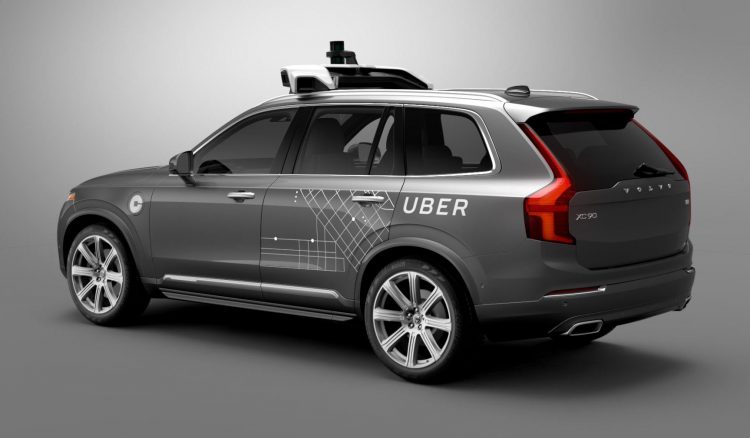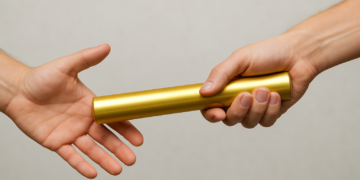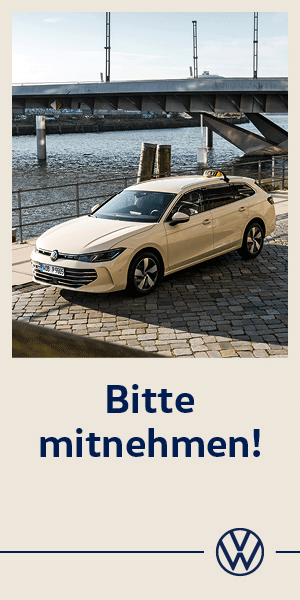The US Consumer Watchdog called on Uber to make public details of its testing of self-driving cars in Pittsburgh and to answer ten key questions about its robot car program and plans. „You have opted to use public roads as your laboratory and with that comes a responsibility to fully disclose exactly what you are doing both when things go right and when they inevitably go wrong,“ wrote John M. Simpson, Consumer Watchdog Privacy Project director in a letter to Uber Co-founder and CEO Travis Kalanick.
Consumer Watchdog’s letter noted that some states, such as California, have regulations covering the testing of self-driving robot vehicles; Pennsylvania does not. The nonprofit, nonpartisan public interest group called on Kalanick to make four commitments for disclosure. In addition, Consumer Watchdog asked ten questions about Uber’s self-driving car program so people can understand what is being attempted and its impact on their safety.
The letter called on Uber to make these four commitments:
— First, you must publicly report all crashes involving your test vehicles. This is required in California where crash reports are posted on the Department of Motor Vehicles website. Because Pennsylvania does not have self-driving robot car regulations, you could simply post crash reports on your own website. You could use the California crash reporting form as a template for your inevitable crash reports.
— Second, you should publicly release any technical data and videos related to any crash.
— Third, you should issue monthly reports similar to what Google now does, detailing your testing activities and what you have learned. It should also list the miles traveled by the robot cars in self-driving robot mode.
— Fourth, you should compile and publicly release „disengagement reports.“ Companies testing self-driving robot cars in California must do this annually. The disengagement reports detail when and under what circumstances the self-driving robot technology could not cope and ceded control to the test driver, or when the test driver felt compelled to intervene for safety reasons. As an example, Google’s most recent disengagement report said the self-driving robot technology failed 341 times. The technology turned over control to the human driver 272 times; the test driver felt he should intervene 69 times.
Consumer Watchdog also posed ten questions Uber must answer about its plans to test robot cars so that public fully understands what the company is doing and to demonstrate that Uber has thoroughly examined and contemplated the complex issues involved. Here are the questions:
- We understand the self-driving car cannot currently handle many common occurrences on the road, including heavy rain or snow, hand signals from a traffic cop, or gestures to communicate from other drivers. Will Uber publish a complete list of real-life situations the cars cannot yet understand, and how you intend to deal with them?
- What does Uber envision happening if the computer „driver“ suddenly goes offline with a passenger in the car, if the car has no steering wheel or pedals and the passenger cannot steer or stop the vehicle?
- Your programmers will literally make life and death decisions as they write the vehicles‘ algorithms. Will Uber agree to publish its software algorithms, including how the company’s „artificial car intelligence“ will be programmed to decide what happens in the event of a potential collision? For instance, will Uber’s robot car prioritize the safety of the occupants of the vehicle or pedestrians it encounters?
- Will Uber publish all video from the car and technical data such as radar and lidar reports associated with accidents or other anomalous situations? If not, why not?
- Will Uber publish all data in its possession that discusses, or makes projections concerning, the safety of driverless vehicles?
- Does Uber expect one of your robot cars to be involved in a fatal crash? If your robot car causes the crash, how would Uber be held accountable?
- How will Uber prove that self-driving cars are safer than today’s vehicles?
- Will Uber agree not to store, market, sell, or transfer the data gathered by the self-driving car robot car, or utilize it for any purpose other than navigating the vehicle?
- Does Uber have the technology to prevent malicious hackers from seizing control of a driverless vehicle or any of its systems?
- When does Uber expect to deploy and carry passengers in fully autonomous, self-driving robot cars without backup human drivers?
„Once you have opted to use public roads as your laboratory as you have done, you take on a moral obligation to be completely transparent,“ the letter concluded. „Answering our ten questions will help the public fully understand what Uber is attempting to do and the risks that are involved. Full transparency about your planned self-driving robot car testing activities is the only acceptable approach.“










